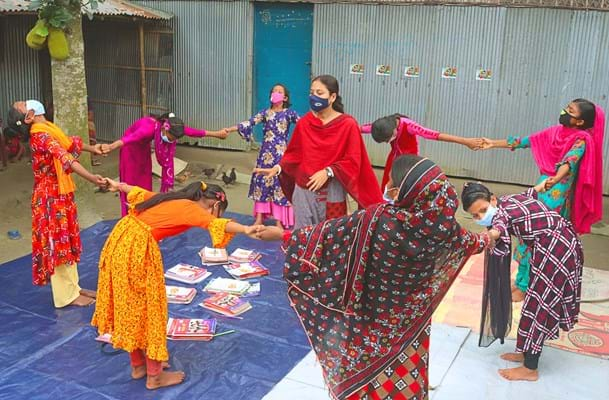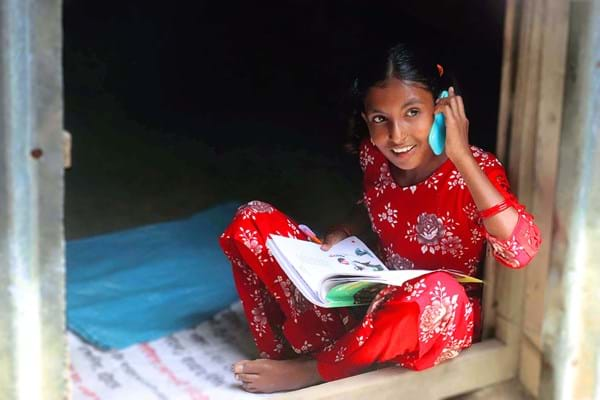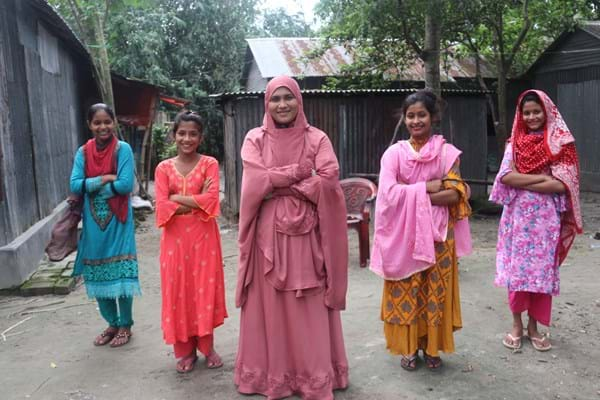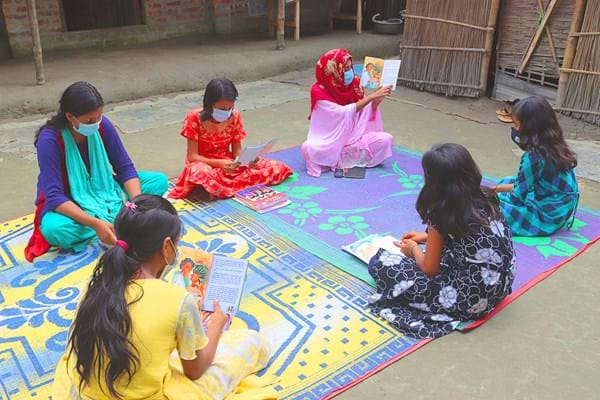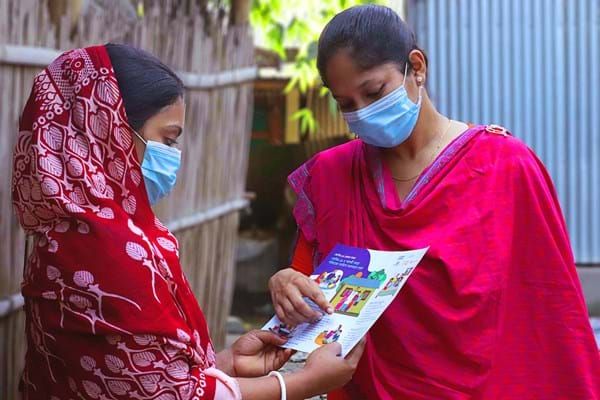- 00%
of girls in rural Bangladesh are getting married before the age of 18.
- 0,000
girls will be reached in this project
Where
Jamalpur, BangladeshFocus area
EducationDuration
2019-2022Economy
DKK 15 million
The target
The project contributes to SDG 4 to Ensure inclusive and equitable quality education and promote lifelong learning opportunities for all. The project will reach app. 8,400 girls in grade IV and V across 120 primary schools and aims to increase the average enrollment rate of girls in secondary school with 20%.
The problem
Despite signs of progress, Bangladesh continues to have one of the highest child marriage rates worldwide and the highest rate of marriage involving girls under 15. 59% of girls are married by their 18th birthday, and 22% by the age of 15 (Girlsnotbrides, 2019). In rural areas child marriage is even more prevalent with 71% of girls getting married before the age of 18 (Human Rights Watch, 2015).
Evidence from other programs in Bangladesh shows that by educating girls, building their skills for modern livelihoods, and engaging with their communities the likelihood of child marriage can be reduced by one-third and produce better health, educational, and social outcomes for girls (Economic Impacts of Child Marriage: Global Synthesis Report). A delayed marriage greatly improves a girl’s chances for a healthy, happy, productive life but also her children, family, community, and country experience better health, economic, and social outcomes.
However, far too many girls never attain a quality education either because they drop-out of school or because of poor learning outcomes.
According to the 2016 Annual Primary School Survey of Bangladesh, 21% of girls dropped out of primary school in the targeted districts of Jamalpur, whereas in Kurigram the drop-out rate was 29.6% (BANBEIS, 2016). And for those girls that do enroll in secondary school, data from the Bangladesh Bureau of Educational Information & Statistics shows that generally 42.19% girls drop-out within the first year of enrollment (BANBEIS, 2016).
Our approach
The project focuses on enhancing girls' competencies in Bangla, English and Mathematic as well as strengthening their aspirations for attaining an education.
The project covers 120 schools and supports the formation of 240 girl groups (Grade IV and V).
A facilitator conducts weekly sessions where the girls will have access to tablets with child friendly e-contents. The girls can bring tablets to their home on a rotating basis, which will allow them to strengthen their competencies further. The tablets also serve as a virtual platform for interaction with girls from schools in urban areas.
To support the use of tablets at home as well as the general support to girls education from parents and caregivers, home visits will be carried out to raise awareness of parents and support the girls in using the tablet. Throughout the project there is a strong focus on advocacy and documentation of learnings to enable future scaling of the approach or part hereof.
Providing education in times of the pandemic
